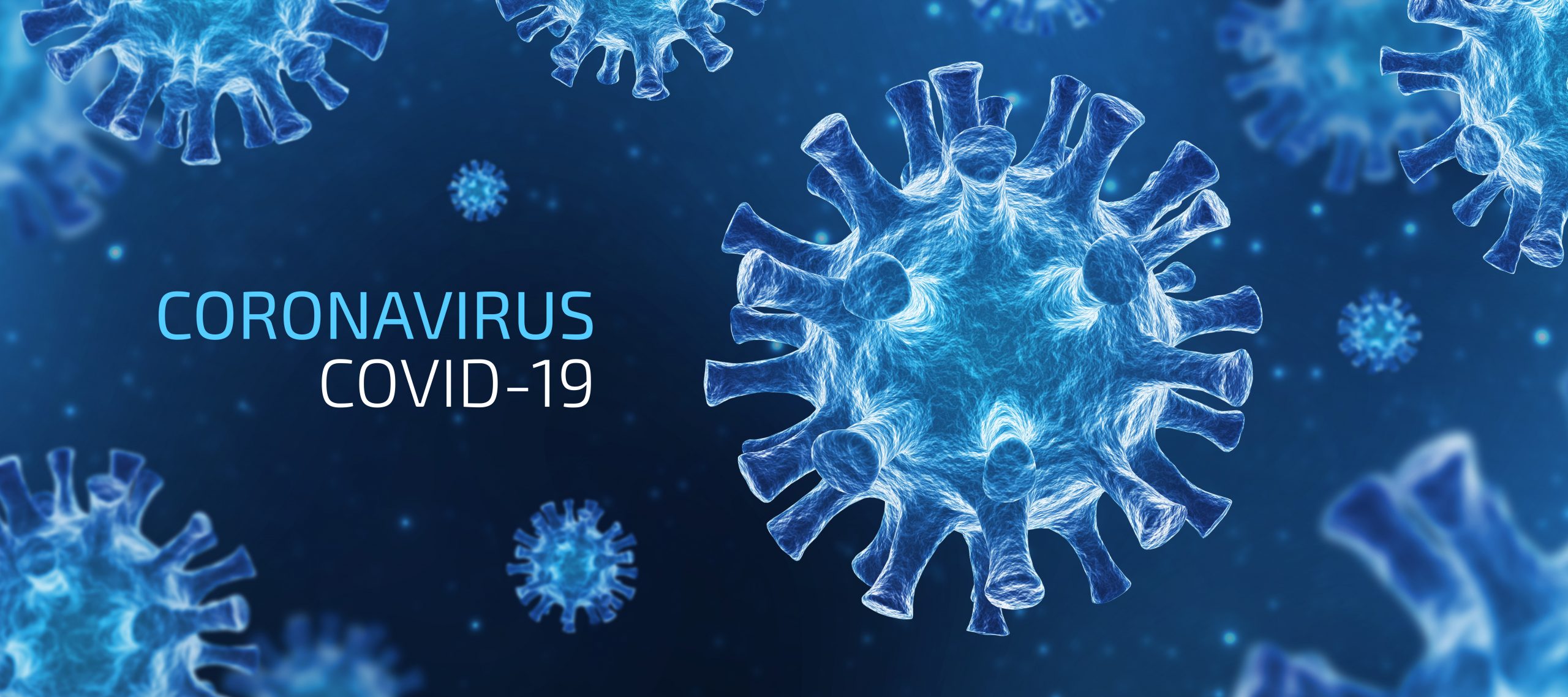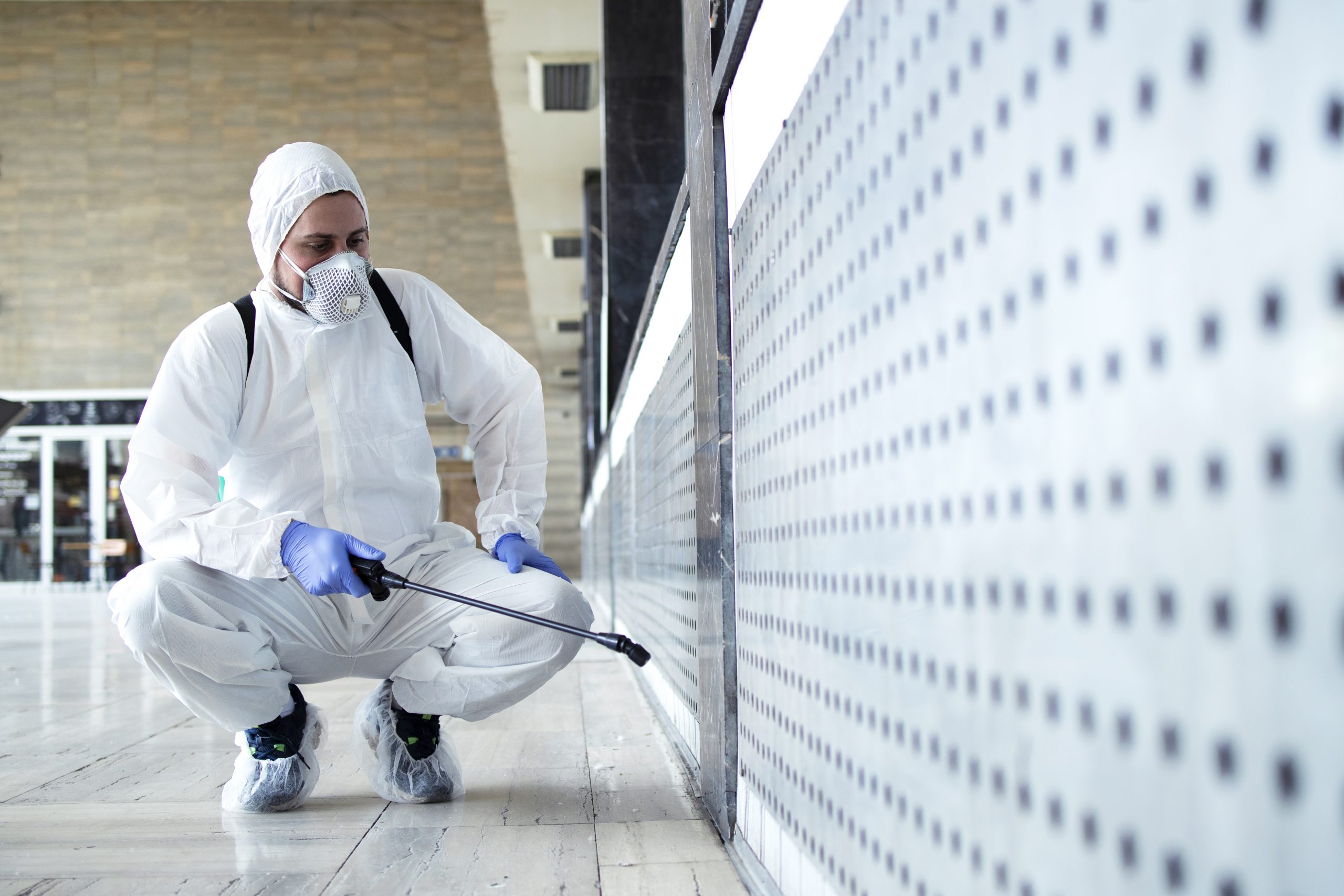
The SARS COV-2—the virus behind COVID-19—attaches itself to objects and surfaces. Now, several sources are saying it could be airborne. As businesses used to high touch and foot traffic begin to open, keeping the environment safe for visitors is a significant concern. As a result, many communities are implementing stringent cleaning requirements, as well as asking people to wear masks and other types of personal protective equipment (PPE).
The problem even with a “deep” clean is that it is only effective until someone touches the surface again, or coughs or breathes next to it. It is nearly impossible to clean after every exposure when you consider a cash machine, or in places like elevators where the air is close, and people are always touching the buttons.
Faced with a rampaging pandemic, authorities around the world are busy in their relentless search for an effective vaccine that could be made available to one and all. But until then, how do we protect ourselves? How can communities be sure they are keeping their residents safe?
Dealing with the Coronavirus
In dealing with the Coronavirus, it’s important to remember that there are still misunderstandings—even four months into the pandemic—about how we’re transmitting the virus to one another. Apart from that, most surfaces on which it sticks—countertops, doorknobs, and other equipment (remember the elevator)—are constantly being touched, exposing many to the disease at every moment between cleanings.
The moment microorganisms are reintroduced to a disinfected surface, the threat returns. Technology currently exists that eliminates this concern by creating an invisible protective layer that continuously resists bacteria after application.

In late 2019, Novalent launched its antimicrobial solution, which aimed to ensure safety within industrial facilities. Initially designed for healthcare and food safety environments, the global pandemic necessitated testing of this technology for efficacy against other organisms.
The US Environmental Protection Agency (EPA) offers no test or regulatory path for anyone in the States to make any claim regarding residual efficacy against any virus. However, in June, testing with multiple methodologies in independent laboratories confirmed that this film is highly effective against the virus that causes COVID-19.
Novalent’s solution is non-toxic and safe-for-food contact surfaces. In addition to antimicrobial protection, it can also provide durable hydrophobic properties to help keep surfaces clean and lubricity on all types of fibers.
Further, the technology can be applied to a broad range of products including bed sheets, blankets, towels, mattress pads, shower curtains, carpets, wallpaper, upholstery, socks, footwear, and outdoor equipment.
While lockdowns and compulsory mask-wearing curb direct person-to-person transmissions, indirect transmission through surfaces, by far, remains the most significant concern. Understandably, it is imperative to adequately focus on ways to minimize the effect and longevity of the virus on surfaces.
Further, humans do not just struggle with one virus. One in 20 Americans gets sick at work each year, costing the economy more than $10 billion in lost revenues and opportunity. One in six people get a foodborne illness each year, and 5 percent of hospital patients acquire an infection while in the hospital. Together, just these three problems cost more than $50 billion in annual system losses.
The pandemic is only making an existing problem more apparent, leading businesses and industries to focus more on long-term solutions. Soon, it is likely to become required for certain kinds of operations to fight infectious bacteria and viruses and make frequently touched and visited areas safer for everyone.
Interesting Related Article: “How to Clean and Disinfect Your Office“

